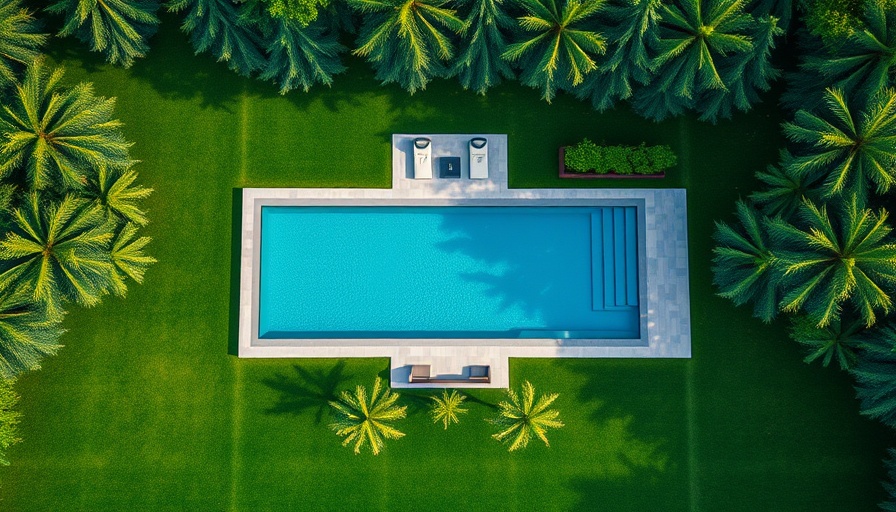
The Persistence of Black Algae: Understanding Its Challenges
For pool owners, the appearance of black algae can seem like a lasting nightmare. Contrary to the assumption that this type of algae is exceptionally resilient to chlorine, recent findings have revealed a shocking truth: black algae is actually a complex biofilm made up of cyanobacteria, primarily Oscillatoria, Microcoleus, and Nostoc species. These organisms create a thick exopolysaccharide (EPS) layer that protects them from chemical treatment and can root deeply into pool surfaces, making removal extremely challenging.
The Discovery Journey: What Research Has Uncovered
Our deep dive into the nature of black algae began in 2018, unraveling a web of interconnected species across different geographic locations. The collection of samples from several public swimming pools, like Gainesville A and B, showcased that the composition of these films varies considerably, sometimes even over short distances. This variability highlights the adaptability of cyanobacteria and reveals how they interact with other types of algae within the ecosystem of your pool.
Safe Removal Strategies: Taking Action Against Black Algae
Understanding that black algae is a biofilm signifies a shift in treatment strategies. Instead of relying solely on standard chlorination, pool owners may need to employ more extensive cleaning processes, including the use of specialized products designed to break down EPS layers.
Citizen Science: The Role of Pool Owners in Research
Pool owners can contribute to the ongoing research in this area. By documenting their experiences with black algae and reporting the effectiveness of various treatments, they're not just keeping their own pools clean; they can support broader efforts to understand and combat black algae across different communities.
Why Knowledge of Black Algae Matters to Pool Owners
Identifying and treating black algae not only ensures cleaner pools but also reduces health risks associated with toxic cyanobacteria. By staying informed about these organisms and their interactions, pool owners can enhance the health and aesthetics of their pool, ensuring family and guests enjoy a safe swimming experience.
 Add Row
Add Row  Add
Add 




Write A Comment